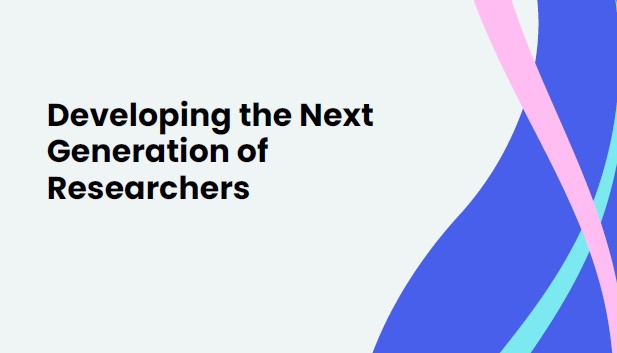The challenges facing international humanitarian action are growing in scale, scope and complexity. According to the United Nations report the gap between the amount of money needed to meet the basic needs of disaster affected communities and donations received is increasing. Innovation dedicated to improvements in both the effectiveness and efficiency of humanitarian relief initiatives and expenditure have, consequently, become an important pillar within the strategic approaches of many UN and international non-governmental agencies.
The inclusion of innovation as one of the principal themes of the United Nations’ 2016 World Humanitarian Summit was testimony to the importance of innovation as a means of bridging the funding gap and the University of Brighton’s CENTRIM research has helped embed innovation in the aid sector at systemic and individual organisational levels. This research initially advanced and redefined an international debate concerning innovation within the humanitarian sector. It resulted in the establishment of a new funding stream within The Humanitarian Innovation Fund and a new two-year international programme, the Global Alliance on Humanitarian Innovation.
Scaling up innovation management capability
These initiatives have scaled up innovation management capabilities and supported projects that have had economic and social impacts in conflict and disaster affected locations around the globe, improving aid and changing lives in disaster and conflict affected communities by developing policy initiatives and the strategic direction of the humanitarian aid sector and scaling exemplary innovation projects.
The inclusion of innovation as one of the principal themes of the United Nations’ 2016 World Humanitarian Summit was testimony to the importance of innovation as a means of bridging the funding gap. CENTRIM, established in the top ten innovation research groups in the world, undertook commissions to explore the role which crisis conditions play in shaping new innovation trajectories and how this further enables radical innovation. Extending earlier innovation research, CENTRIM examined user involvement and considered how that shapes the emergent model in such a way as to permit rapid and widespread diffusion.
The CENTRIM work programme documented emerging innovation practices within the humanitarian sector, identifying challenges including funding gaps, and the lack of resources and capabilities that presented barriers to scaling innovation; and used in-depth case studies to identify strengths and weaknesses in the humanitarian innovation ecosystem in areas such as water, hygiene, sanitation, infectious diseases, health, nutrition, and shelter.
They found that the innovation ecosystem was weakly integrated. Innovation processes were idiosyncratic and subject to multiple interests and biases. Of particular concern were the fractures in the ecosystem in the essential scaling stage of the innovation process. Available resources for scaling were insufficient, rarely considered strategically and there were few effective routines, relationships and specified roles.
Improving lives in disaster affected communities
As a result of their active participation on the United Nations’ Thematic Team on Transformation Through Innovation and the 2016 World Humanitarian Summit preparations, CENTRIM researchers were able to have a direct impact on humanitarian innovation policy, leading to projects that improve lives in disaster affected communities. There was a subsequent development of policy initiatives related to partnership building, investment, and the development of innovation management capabilities. This included the establishment of new funding streams and the creation of global innovation alliances.
The research and dissemination activities had a direct impact on the humanitarian aid system as a whole, recognising gaps in the availability of innovation funding in the sector and the need to ensure funding mechanisms across the full range of innovation activities from search and discovery through to scaling. Following the recommendations of the CENTRIM report to the Department for International Development and the World Humanitarian Summit, the Humanitarian Innovation Fund is now supporting the entire lifecycle of innovation and has embedded scaling in their programme strategy.
Three major projects were funded under the Humanitarian Innovation Fund programme guided by the research findings, and creating a range of social and economic impacts in disaster and conflict affected locations. For example, Words of Relief enabled local communities to communicate better with relief workers and scaled up ways to facilitate two-way communication between first responders and crisis-affected populations by translating key crisis and disaster messages. Making Humanitarian Supplies (by Field Ready) provided 3D printing in the field where rapid, low-cost supplies were needed most. Healing in Harmony by Make Music Matter and the Panzi Foundation scaled their innovative approach to reducing levels of anxiety and post-traumatic stress disorder in survivors of sexual violence through its unique approach to music therapy. Starting in the Democratic Republic of the Congo, the programme has been scaled to six countries worldwide with over 3,500 participants helped via this programme.
CENTRIM’s input into policy development in the humanitarian relief field has been translated into a tangible programme of action on the ground. Real commitments to continue this work by organisations such as the Humanitarian Innovation Fund will sustain delivery of further economic and social benefits for those most in need for years to come.




